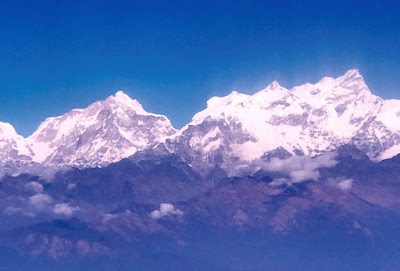 |
| Powerful Niagara Falls |
 |
| Maid of the Mist goes close to Niagara Falls |
Located
in Niagara Falls State Park on the Niagara River 17 miles northwest of Buffalo,
New York, this is the oldest state park in the nation. In addition to Niagara
Falls, the park includes 400 acres of lush landscape and famous attractions
like Maid of the Mist and Cave of the Winds.
Maidof the Mist offers a boat ride that ventures close enough to feel the forceful
spray of Niagara’s tumbling waters—so a waterproof jacket helps keep clothing
and cameras dry. Cave of the Winds provides a close up view of American and
Bridal Veil Falls—amid forceful winds as you descent 175 feet into the Niagara
Gorge while walking along wooden decks through the foaming water. Even though
you’ll be given booties and ponchos, expect to get wet. Both adventures provide
thrilling ways to experience this American icon, which has lured visitors to
its thundering roar and powerful elegance for generations. |
| Visitors walk below Niagara Falls on wooden decks. |
Fun Fact:
Decks at Cave of the Winds are torn down and re-built every year. Because the
water is still frigid in spring, park employees work for only 20 minutes at a
time re-building the famous decks.
Cumberland Falls, Kentucky
 |
| Cumberland Falls has the same basic formation as Niagara. |
During
the day, sunshine glistens through the spray as it bounces off the rocks. But
when night falls, visitors are enthralled by colorful moon bows, which happen
when the moon’s light is reflected and refracted off water droplets in the air.
Because this atmospheric phenomenon is rare in the Western Hemisphere, each
month it attracts legions of people hoping to glimpse this unusual sight.
After
soaking in the serenity of this lovely waterfall, visitors can participate in
other Cumberland State Park activities such as hiking on 20 miles of trails,
mountain biking, fishing, horseback riding, and white water rafting. Although
cabins and camping are available, consider staying at the historic DuPontLodge.
Fun fact: The best opportunities to see
a moon bow occur two days before and two days after a full moon on clear
nights. Plan your visit according to full moon appearances.
Photos from free sources and Beverly Burmeier








































